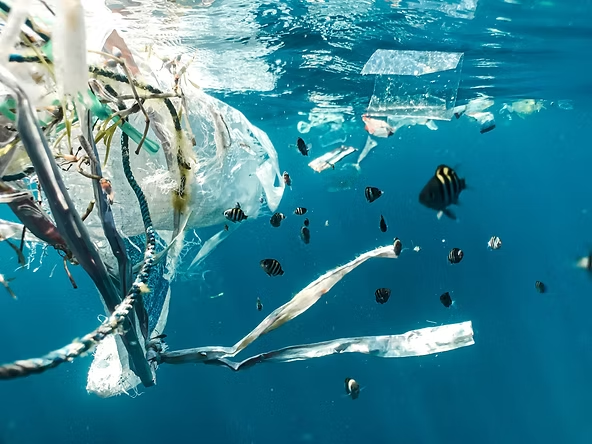The Hidden Crisis of Plastic in Our Oceans
Once upon a time, the ocean was seen as the last untouched wilderness. That was before waves of man-made plastic invaded the seas. Today, it is almost impossible to find a place on Earth free from plastic litter. Even in remote waters, research ships have retrieved debris from the ocean’s deepest reaches.
The Scale of Plastic Pollution
The rise in plastic production is staggering, doubling nearly every decade. According to the UN Environment Program, more than six million tons of plastic enter the ocean each year. This growing footprint is a direct result of human consumption and waste.
The Pacific Garbage Patch and Beyond
Many know of the Pacific Garbage Patch, a massive accumulation of waste studied by international research groups. Yet, the problem is not confined there. In the North Sea, expeditions like DEEPWAVE have recorded alarming levels of waste. On average, 712 pieces of refuse are found for every 100 meters of coastline. Despite international agreements and tighter laws, plastic pollution remains persistently high. During one Marine Litter Watch Expedition, researchers even witnessed garbage bags floating openly in major shipping lanes—the so-called “motorways of the sea.”
Sources of Ocean Plastics
Plastic litter enters the seas from multiple activities:
- Shipping: Discarded materials and lost cargo add steadily to the burden.
- Tourism: Beachgoers and coastal visitors often leave behind waste that washes out to sea.
- Fishing: Lost nets and gear create “ghost” traps that kill marine life.
Loopholes in marine law make matters worse, with certain practices still technically legal. The consequences are dire: at least 138 marine species are affected by entanglement in debris, including sea turtles, seabirds, and marine mammals.
Impact on Marine Life and Biodiversity
Plastic pollution is not just unsightly—it is deadly. Animals suffer agonizing deaths when trapped or when they mistake plastic for food. This destruction directly contributes to biodiversity loss, threatening delicate marine ecosystems and the survival of countless species.
What Can Be Done?
Efforts like the Ocean Conservancy’s International Coastal Clean-Up and the Fishing for Litter program provide short-term relief. Volunteers remove debris from beaches and waters, but these efforts are costly and labor-intensive. True progress must begin at the source, stopping plastics from entering the ocean in the first place.
A Call to Action
“No more trash in the ocean” must become a global commitment. Raising public awareness is critical—through education, community engagement, and widespread campaigns. Each person can play a role by reducing single-use plastics, supporting stronger policies, and sharing knowledge about the crisis.
Why It Matters
Plastic pollution in the ocean is not just an environmental issue; it is a human one. Our health, food supply, and future are intertwined with the sea. Ignoring this crisis endangers us as much as it does the creatures beneath the waves. Together, we must act now before the tide of plastic becomes irreversible.

